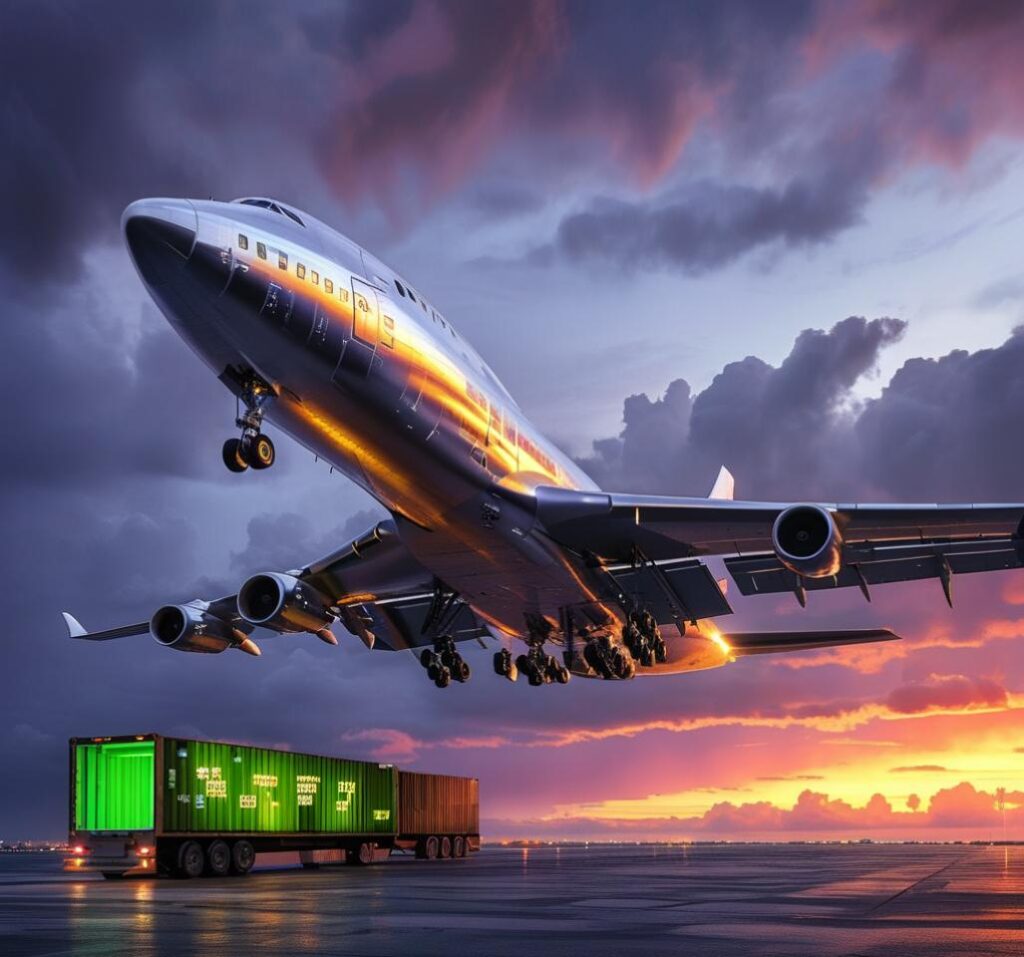When I started trading with buyers in the Philippines, preparing a proforma invoice appeared straightforward. However, I soon realized that it plays a crucial role in customs clearance, freight planning, and building buyer trust. Whether I ship general merchandise or special cargo, I now understand that getting this document right is essential.
1. Include All Required Elements
First of all, a valid proforma invoice should resemble the final commercial invoice in both structure and content. Therefore, I always make sure to include:
- Supplier and buyer contact information
- Detailed and specific item descriptions
- HS codes for classification
- Quantity, unit price, and total value
- Currency type and Incoterms (e.g., FOB, CIF)
- Estimated shipment date and delivery terms
By doing so, I help my buyers and the Philippines customs process the shipment without complications.
2. Coordinate With a Special Cargo Freight Planner
In cases where I handle special cargo—such as oversized, hazardous, or sensitive items—I consult a Philippines special cargo freight planner right from the start. Not only do they advise me on appropriate documentation, but they also guide me on what to mention in the invoice, such as:
- Accurate weight and dimensions
- Specific handling requirements
- Chosen transport modes (e.g., multimodal or direct)
Consequently, the invoice becomes more aligned with actual shipment needs and customs compliance.
3. Follow Packaging Rules Set by the Philippines
Moreover, I always consider Philippines packaging rules before finalizing the invoice. These typically require:
- Clear outer labeling with product name, quantity, and gross weight
- Avoidance of misleading or promotional markings
- Use of eco-friendly or standardized packaging, particularly for consumer goods
To prevent delays, I now mention packaging details on the invoice as well. I learned this after one of my shipments faced customs inspection due to vague labeling.
4. Share the Invoice With All Stakeholders
After preparing the invoice, I make sure to share it with:
- The buyer (for import permits and payment)
- My freight forwarder (to initiate booking and documentation)
- The warehouse team (to pack goods accordingly)
This proactive approach ensures that everyone involved remains on the same page, thereby reducing errors and delays.
5. Align Proforma With Final Invoice
Finally, I make certain that my final commercial invoice closely matches the original proforma. Even small inconsistencies in values or HS codes can raise concerns with Philippines customs, leading to clearance delays or additional duties.

People Also Ask (PAA)
1. What is a proforma invoice used for in international trade?
It serves as a preliminary bill, helping both the exporter and importer agree on the terms before actual shipment.
2. What must be included in a proforma invoice for the Philippines?
You need to list contact details, HS codes, item descriptions, pricing, Incoterms, and estimated shipping information.
3. Can the proforma invoice be used for customs clearance in the Philippines?
Yes, although it’s used for pre-clearance, you must still issue a final commercial invoice during the actual shipment.
4. Are there specific packaging rules for imports into the Philippines?
Yes. Packaging must be clearly labeled and may need to comply with environmental or consumer safety guidelines.
5. How should I handle special cargo in a proforma invoice?
You should detail the cargo’s size, handling needs, and work with an experienced freight planner for compliance.
